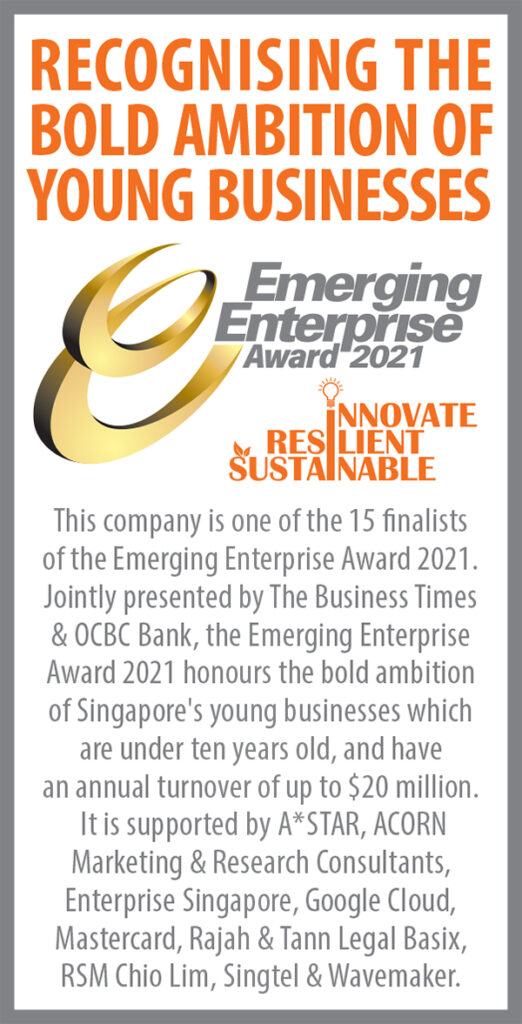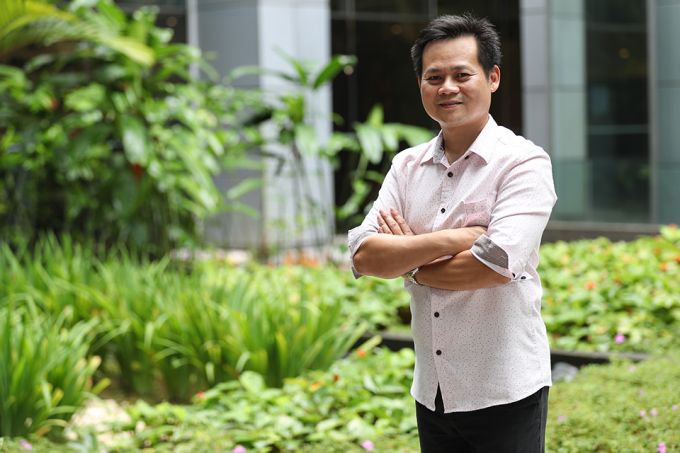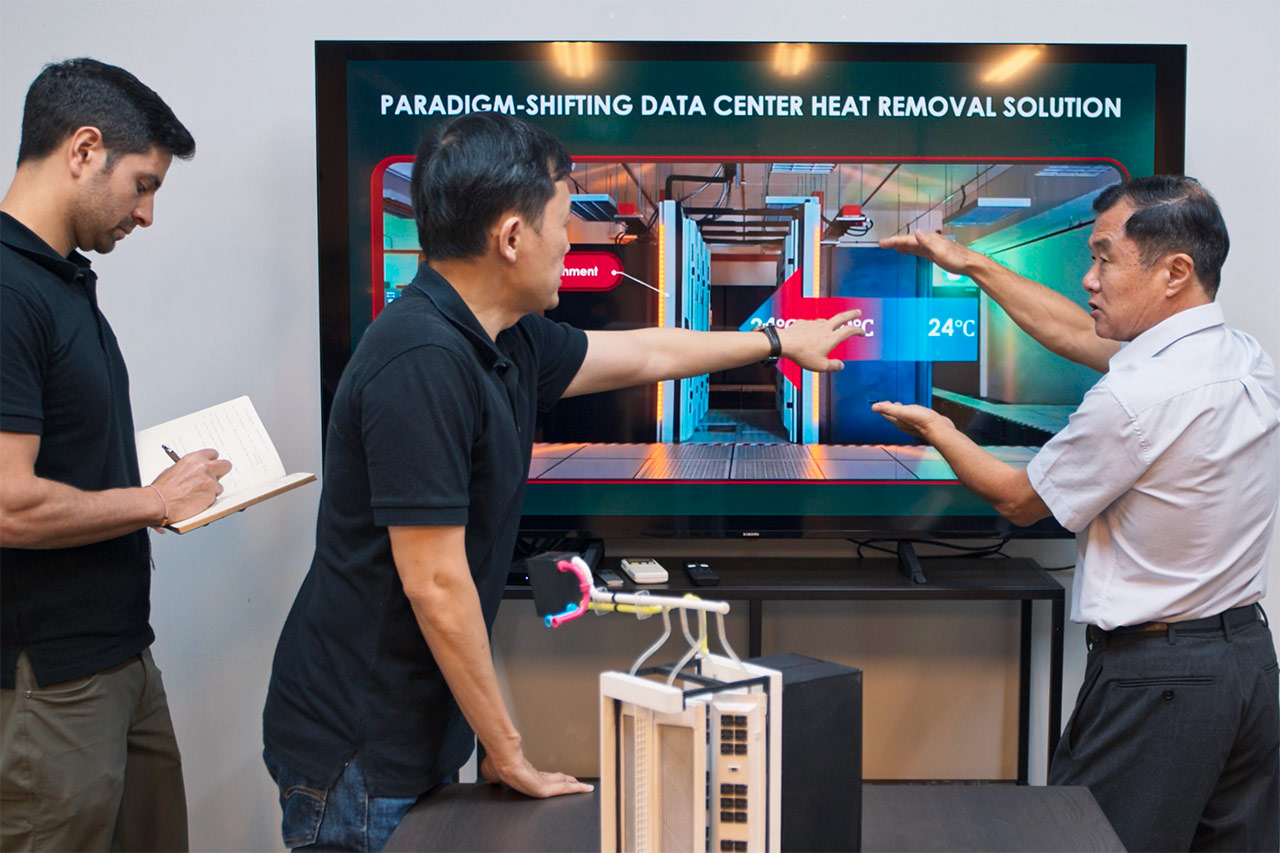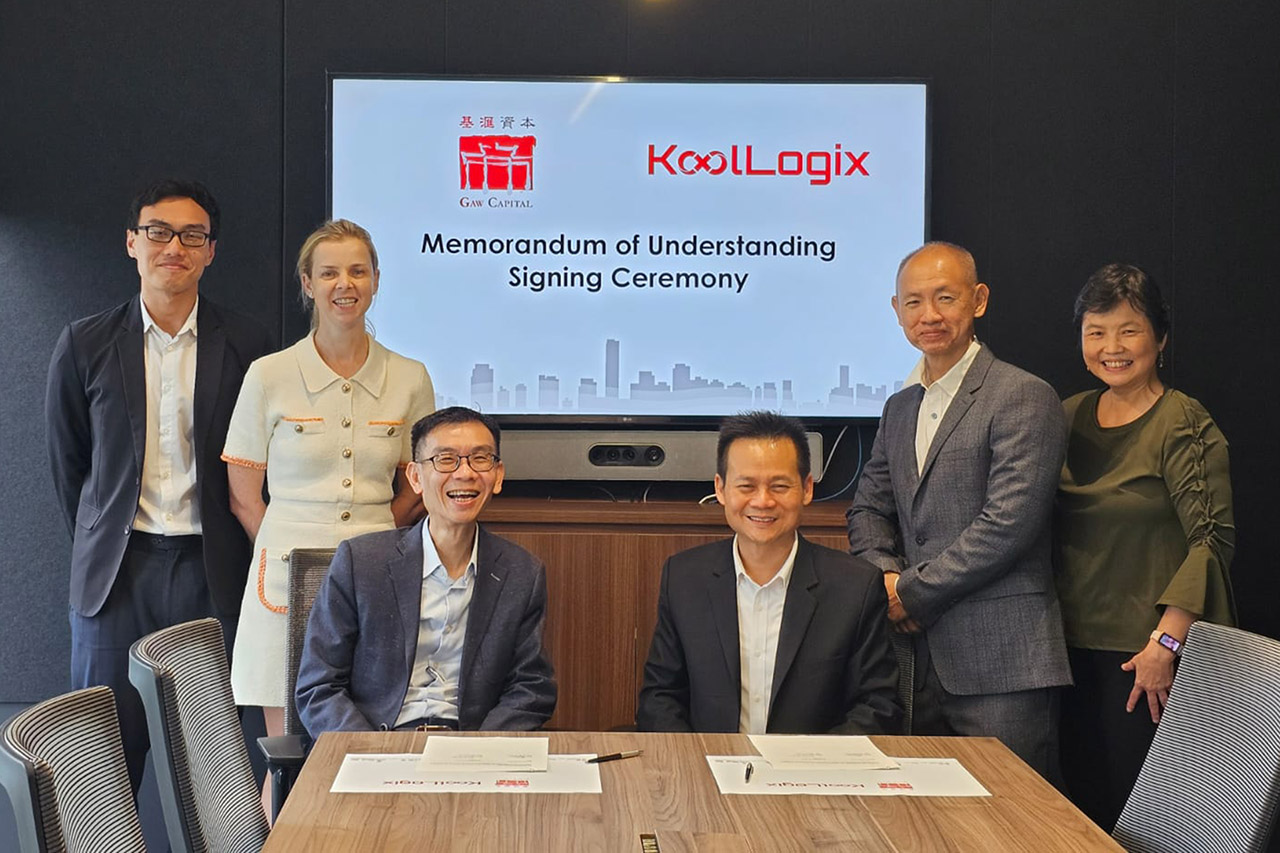(This article first appeared in the Business Times on 29 November 2021)
AS businesses and people become more technologically savvy, the demand for data centres has risen exponentially.
But these data centres have often been described as “energy guzzlers” as they come with a massive carbon footprint.
KoolLogix’s cooling systems, however, focus on delivering energy-saving solutions to cool data centres that will help optimise limited resources while reducing carbon emissions, said its business manager Alistair Nio in an interview with The Business Times.
Data centres collect, store, distribute and manage critical data and applications through a complex system of parts such as routers, switches, firewalls, storage systems and servers.
Some common uses of data centres include cloud storage applications, e-commerce transactions and online gaming.
A large amount of energy is needed to keep these data centres running smoothly. In 2020, the International Energy Agency said that global data centre electricity use accounted for about 1 per cent of global final electricity demand.
“We realised there was an urgent need to help data centres find a better way to cool the large quantity of hosted IT equipment, especially since it was ejecting a significant amount of waste heat – even more so, as data centres grow larger in power capacity,” said Nio.
R&D journey
KoolLogix was founded by chairman KH Lee, chief executive CK Cheong, and chief technology officer Seri Lee back in 2018 to “overcome the conundrum” that the data centre industry is grappling with.
The company embarked on a research and development journey with the Agency for Science, Technology and Research’s Institute of High-Performance Computing in 2012.
KoolLogix eventually came up with a unique and highly configurable solution that will provide customers with “massive energy and space savings”.
While there is a plethora of solutions available to cool data centres, Nio said KoolLogix’s system has many differentiating features from its competitors.
KoolLogix’s method removes lingering heat energy from the surroundings before introducing cooling.
This results in lower energy consumption as it reduces the need for cooling overcompensation by computer room air-conditioning units, added Nio.
Waste heat energy that is discharged by computer servers within the server rack is also redeployed as a motivator by boiling the refrigerant and then having the refrigerant carry away the heat from the immediate ambience, which allows the operating temperature to remain in an optimal range for computer servers.
KoolLogix’s solution also does not use mechanical devices such as pumps or compressors which makes the overall system a low-pressure one.
“Without the use of compressors or pumps, the refrigerant side is totally gravity-driven, making it a physics-based system,” said Nio.
According to him, limited use and and recharging of refrigerants with hydrofluorocarbons makes the system non-corrosive, non-flammable, and non-toxic in nature.
KoolLogix’s solution is also typically installed closest to the heat source without being intrusive to the computer servers, and is expected to introduce predictive analysis capability to support artificial intelligence control in the near future.
“The data centre industry is facing substantial challenges in the area of sustainability and complex operating conditions, particularly as data centres grow in size that consumes a massive amount of energy,” said Nio.
“Our opportunities come in providing such a solution to the data centre business, resulting in a more manageable operating cost, and provide a means to address their sustainability goals.”
“Without the use of compressors or pumps, the refrigerant side is totally gravity-driven, making it a physics-based system,”
Alistair Nio
Covid and its challenges
The Covid-19 pandemic was a “litmus test” for KoolLogix’s leadership, said Nio.
The pandemic flattened the organisation and increased the intensity of communication, and the company’s management had to be candid in sharing both good and bad news with their team, listen to their concerns and continue on their longer-term plans.
“The Covid-19 crisis has brought about years of change in the way companies in all sectors and regions do business. Consumers have moved dramatically towards online channels, and companies and industries have responded as well,” said Nio.
Isolation, contact restrictions and economic shutdown posed challenges to the ways KoolLogix operated, recalled Nio.
The company had to constantly adjust its workflows and schedules in order to meet customers’ “unpredictable demands”.
But the virus also turned out to be a blessing in disguise of sorts for KoolLogix, he observed.
Digital commerce and online meetings drove up the demand for data centre services and opened up more opportunities for the company’s cooling systems.
“To enable digital commerce and online meetings, the digital infrastructure of the data centre gains its importance more than ever before. This contributed to more demands for data centre services and open opportunities for KoolLogix cooling systems,” he said.
Looking past the pandemic, KoolLogix has plans to grow and expand its presence both at home and abroad.
The company has thus far been self-funded, but is engaging in various stages of discussion with potential investors, said Nio. KoolLogix also plans to access funding through a public listing, although the market of choice has not been decided as of now.
“The ‘when’ and ‘where’ will be determined by the prevailing market conditions and our customers’ geographical concentration,” said Nio.

While the company’s immediate focus is to grow its presence in Singapore, it plans to enter the Indonesian market next year.
“This will help us establish a ‘beach head’ for expansion into other markets. Our ambition is to address the global data centre market, and we are open to merger and acquisition or other opportunities that can help with our growth objectives,” said Nio.
“Our vision is to be the global leader in creating green and sustainable solutions for the data centre industry. Our priorities are to build up the company’s talent base and to continuously strengthen our in-house capabilities for new product development and creating professional services for the global market.”





